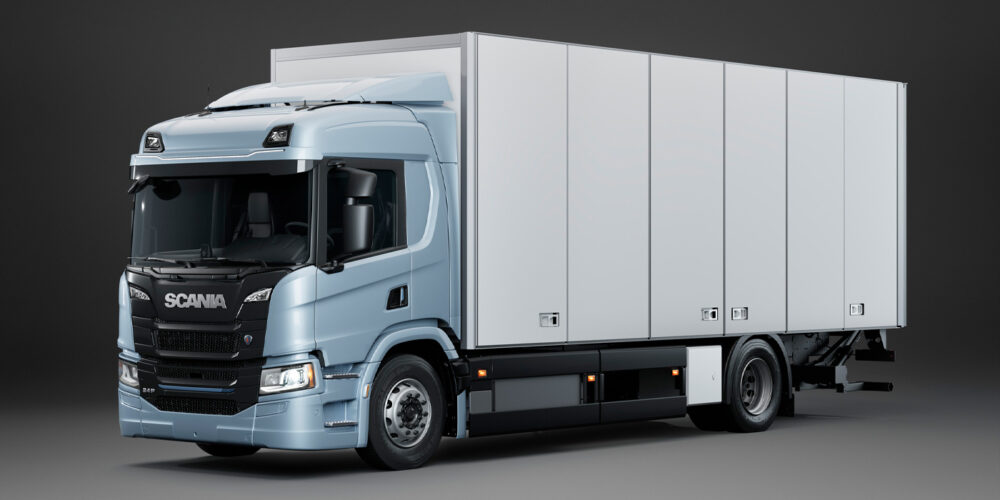The best thing about truck tire fires is that they hardly ever happen anymore. There are good reasons for that. One is that steel radials simply don’t fail in this manner. Older, bias-ply tires were built with multiple layers of crossed body plies that flexed as the tire rolled under load. Increased loads, decreased inflation and higher speeds all caused internal tire temperatures to climb, sometimes to the point of igniting the tire casing. Most tire fires were caused by lack of inflation maintenance or a puncture in a tube-type tire that went undetected as a run-flat. Mis-adjusted, malfunctioning or dragging brakes sometimes aggravated the conditions. Modern radials fail differently when subjected to similar underinflation and/or overload conditions. Excessive flexing, localized where the relatively stiff belt edges meet the more flexible sidewall, causes the tread and belt package to separate from the base casing ply (plies) before casing temperatures rise to critical levels. So, the combination of cooler running single-ply radials and improved truck braking systems have nearly eliminated roadside tire fires.
Recently, however, a new issue has come to light regarding chamber fires. Although this time the problems are infrequent, have different potential causes and sometimes occur during the retreading process when tires are removed from active service. There have been reports of chamber fires, perhaps created when the elevated temperatures and pressures typical of the rubber curing process combine with certain chemical mixtures to create ignition. All fires require three components: fuel source, ignition, and oxygen. Ignition can occur from a variety of sources in most manufacturing processes involving static electricity, electric controls, heating elements, friction of mechanical components, etc. Oxygen makes up approximately 20% of the ambient air supply. So what are the fuel sources?
Tires themselves are primarily chemical compositions and tire servicing is no exception. Many external chemicals, beyond normal mounting lubricants, sometimes contact truck tires during their useful lives. Most are harmless, although the tire industry continuously cautions against the use of solvents that can adversely affect rubber surfaces and become potential flammable fuel sources. Stoddard solvents, xylene, toluene and naphtha, for example, should be avoided.
Many materials such as properly designed sealants can deliver cost and downtime savings for modern truck tires in certain service conditions. Most offer improved tire performance through reduced downtime from punctures and improved bead sealing. Some, however, may leave chemical residues when removed. In any event, such materials must be removed from the tire casing before retreading.
Inflation assists, bead breaker sprays or liquids, even some vehicle cleaning chemicals, often contact tire surfaces, leaving residues that may still be present when the tire reaches a retreading facility. It is possible that some combination of these residues can unintentionally create a fuel source. The way to avoid this unlikely situation is to be aware of the tire servicing processes, and especially any chemicals not specifically designed for this purpose that shops or providers may be using. Make sure the retreader is aware of your tire servicing procedures and who might have previously handled mounting, demounting, and any repairs of the casing.
Regular shop supplies designed for purposes other than tire servicing should be carefully screened before using them in tire areas. Also, good work practices and shop area cleanliness can minimize undesired chemical deposits in or on tires. For safety and best results, only use chemistry in and around tires specifically designed for that purpose.













